Latest

New study reveals aligned brain waves strengthen the bond between humans and dogs
Scientists have discovered that human and dog brain waves synchronize during social interactions, offering new insights into our unique bond.
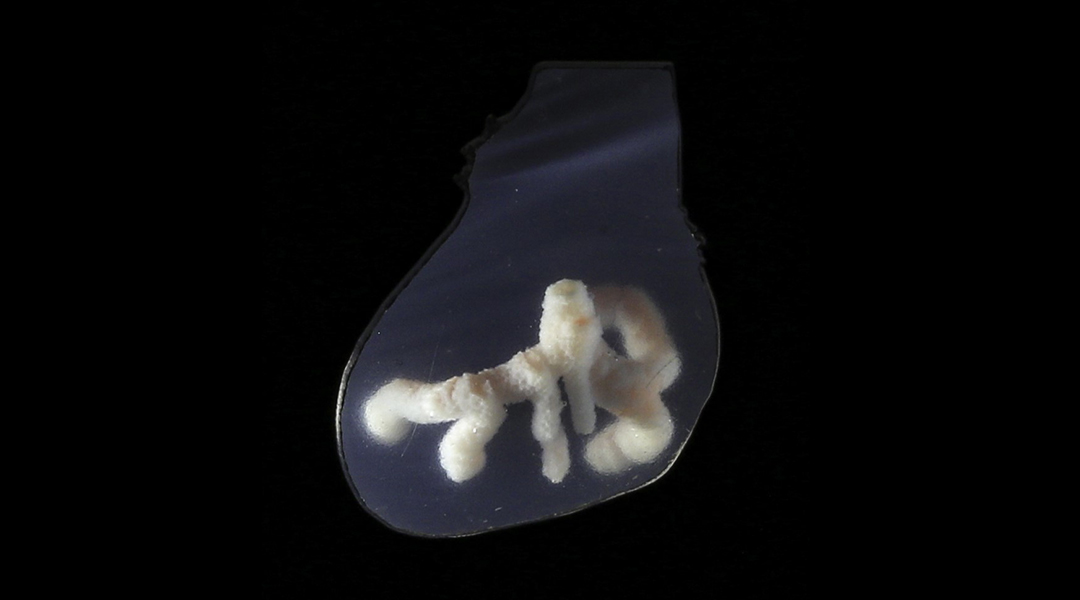
3D printing creates human-like blood vessels in heart tissue
This 3D printing method could make lab-manufactured organ transplants not just a possibility but a viable reality.
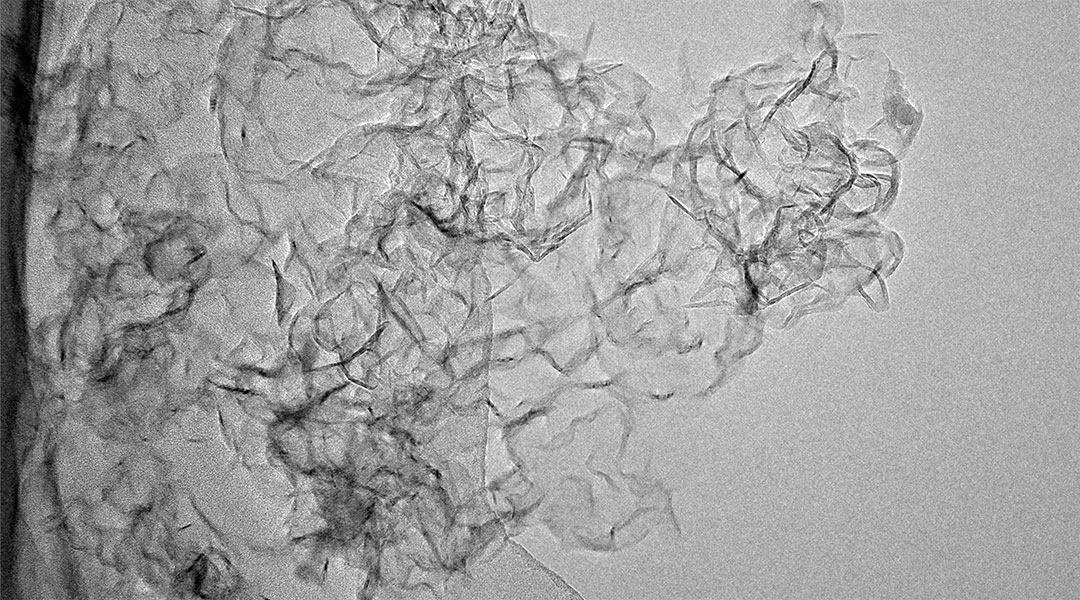
How can we spur plastic upcycling? Turn it into something valuable
Scientists convert harmful microplastics into valuable graphene using plasma, offering a promising solution for this type of pollution.
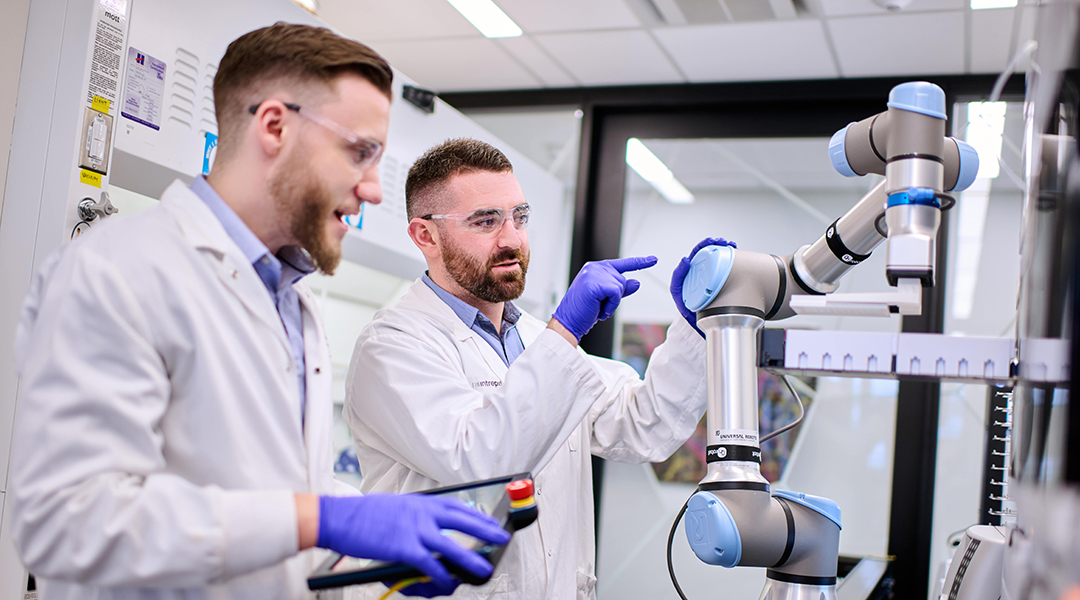
AI and robotics join forces to revamp how medications are made
Scientists are speeding up drug formulation to breath new life into old medications and reduce risk of clinical trial failure.
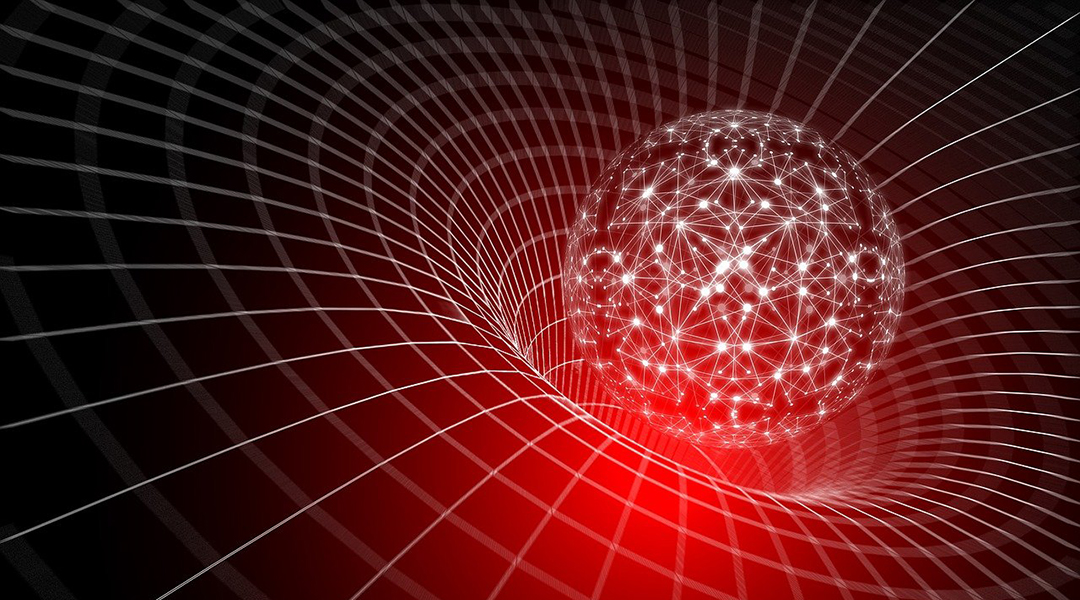
Could adding extra dimensions help solve the quantum gravity puzzle?
Adding extra dimensions to a theory known as “fuzzy gravity” may help bridge the gap between quantum mechanics and relativity.

Inspiring climate action by linking social and environmental change
We will not solve the climate crisis and inspire action without generating a shared emotional response to our changing world.

RNA thermometers to bring down bacteria from the inside
RNA thermometers help regulate bacterial infection and targeting them might be a way toward fighting antibiotic resistance.
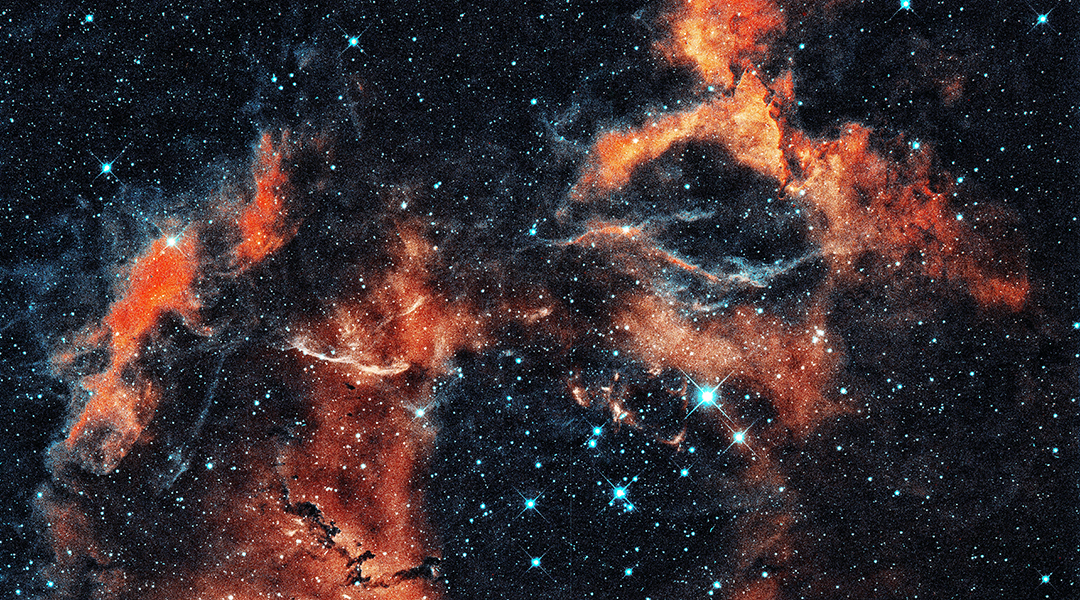
What can AI tell us about the early universe?
Using an artificial neural network and AI, researchers are developing a powerful computational tool to model particle physics following the Big Bang.
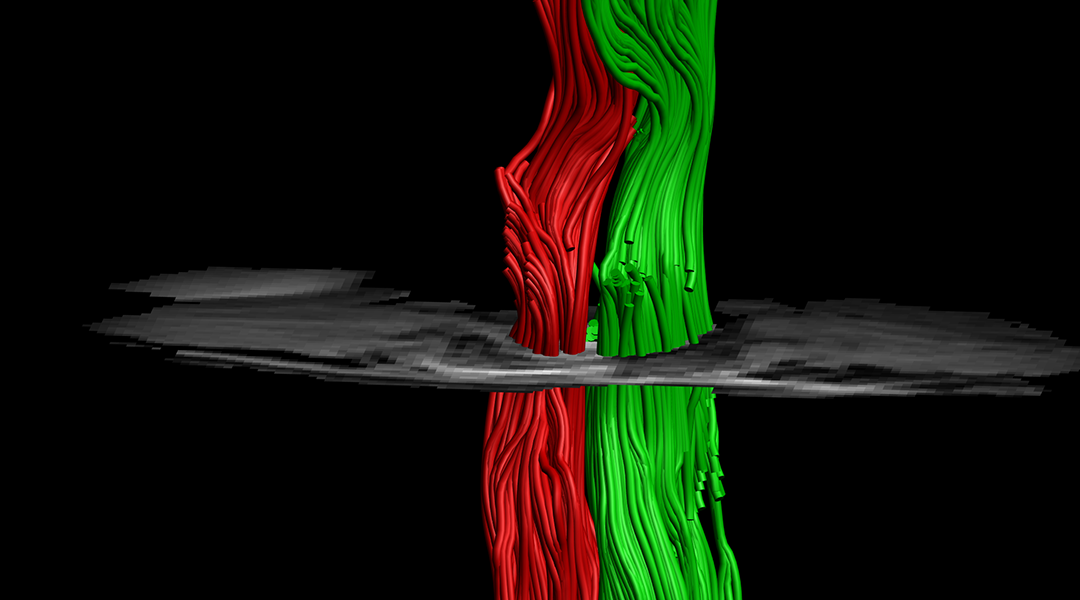
Human spinal cord implant helps mice walk again
A new spinal cord implant was used to heal a severed spine, offering hope that these types of injuries can one day become treatable.

Where did all of Earth’s water come from?
A new study identifies that magnesium hydrosilicate, a compound present during the Earth’s formation, may be responsible for our planet’s abundant water.
ASN Newsletter
Sign up for our newsletter and receive the latest science news directly to your inbox.

Computer simulations pave the way for improved mRNA vaccines
Molecular dynamics offer ways to improve lipid-based therapeutic delivery systems.
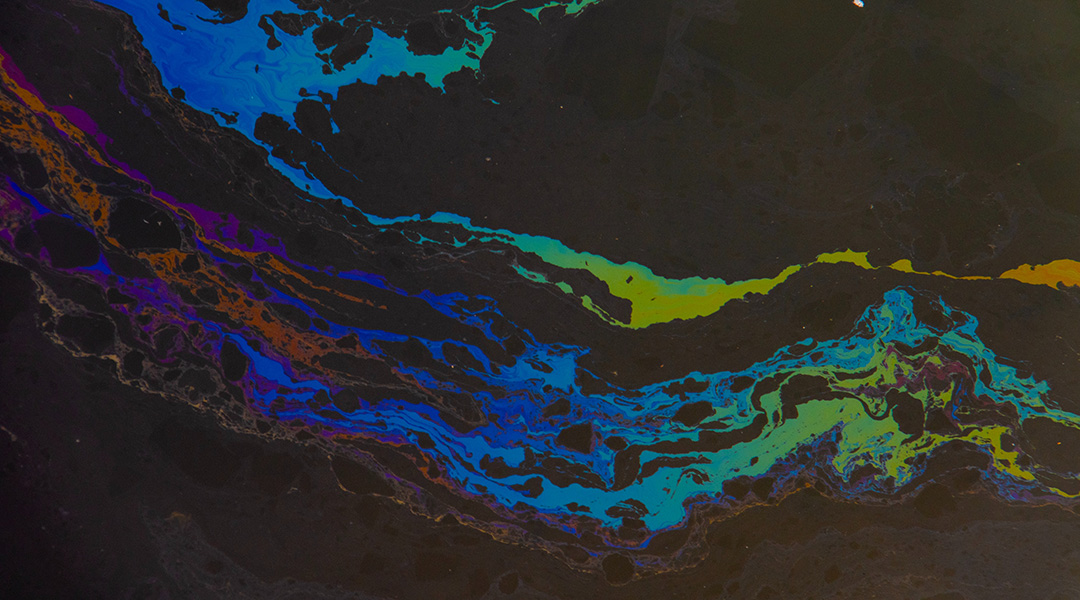
An oil-absorbing sponge removes oil droplets from hot wastewater
An inexpensive and reusable oil-catching sponge has been developed to reclaim high-temp fracking effluents.
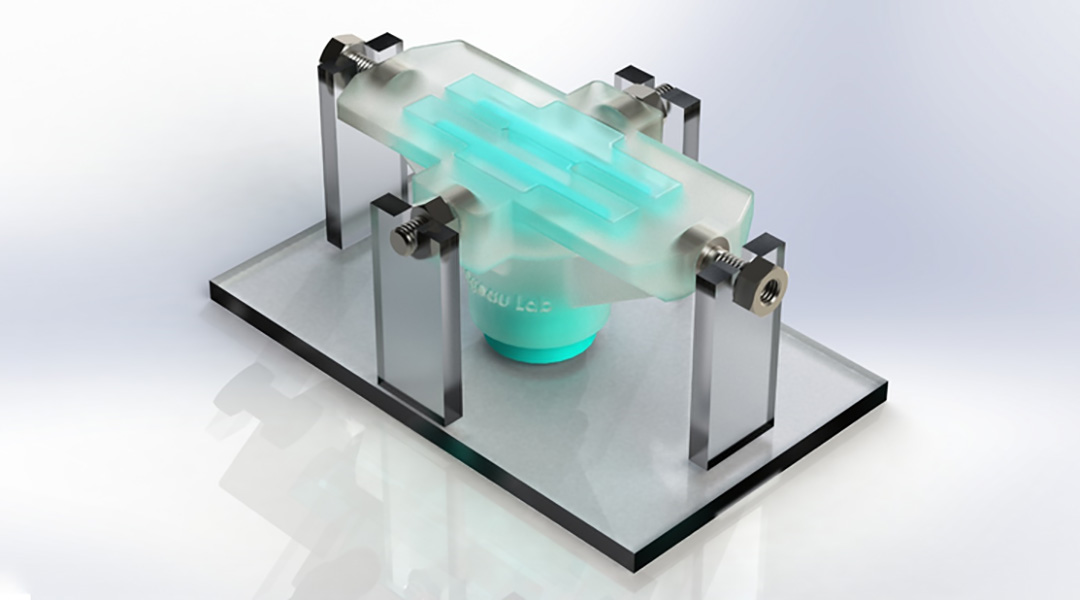
A new biomaterial for regenerating tissue
A new hydrogel supports living cells and can withstand dynamic environments to help repair tissue in the heart, muscles, and vocal cords.

New drone claw prefers crash landings
A simple crash landing allows drones to perch while minimizing the need for complicated control strategies that increase computational load.

Could domestication be linked to animals’ gut bacteria?
Researchers look to the guts of chickens’ ancestors to gain insights into domestication.
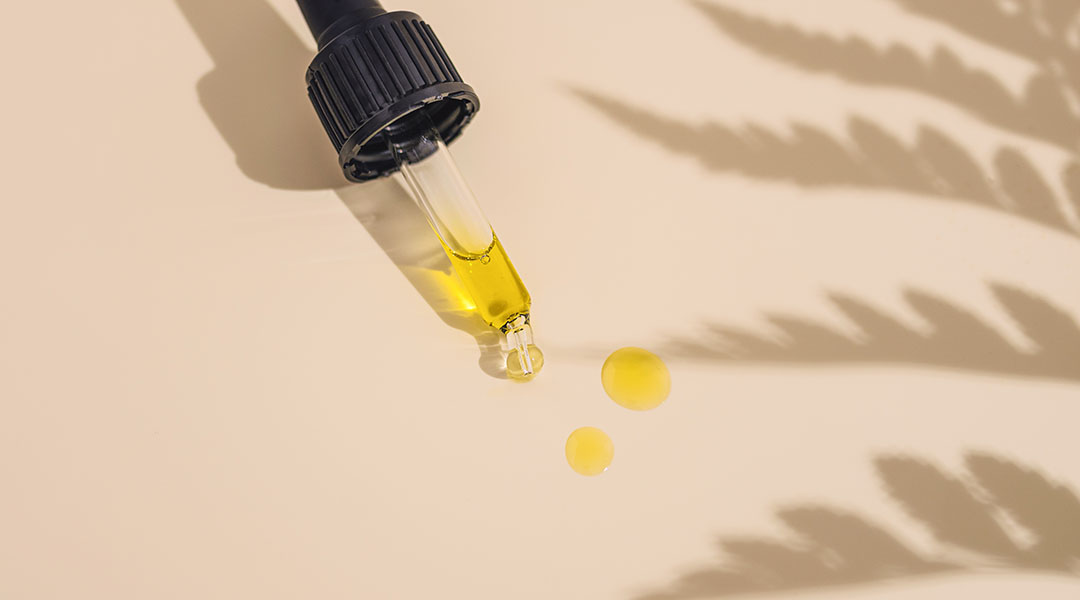
How the brain protects itself from the negative effects of CBD
To understand CBD’s impact and the risks associated with consumption, researchers explore how a fellow brain cell prevents toxicity in neurons.
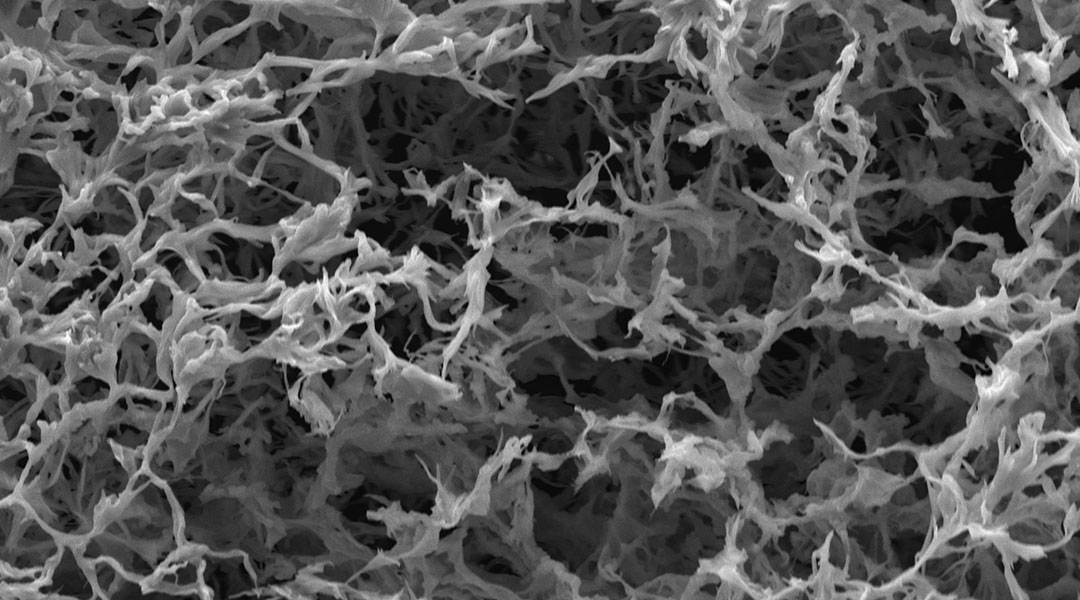
A long-lasting drug delivery system to treat HIV
This clever drug delivery platform could improve HIV patients’ adherence to treatment and help eradicate the virus.

Discovery of a natural anti-stress pathway could help anxiety
A pathway in the brain that forms its natural stress response could be used to make new treatments for anxiety.
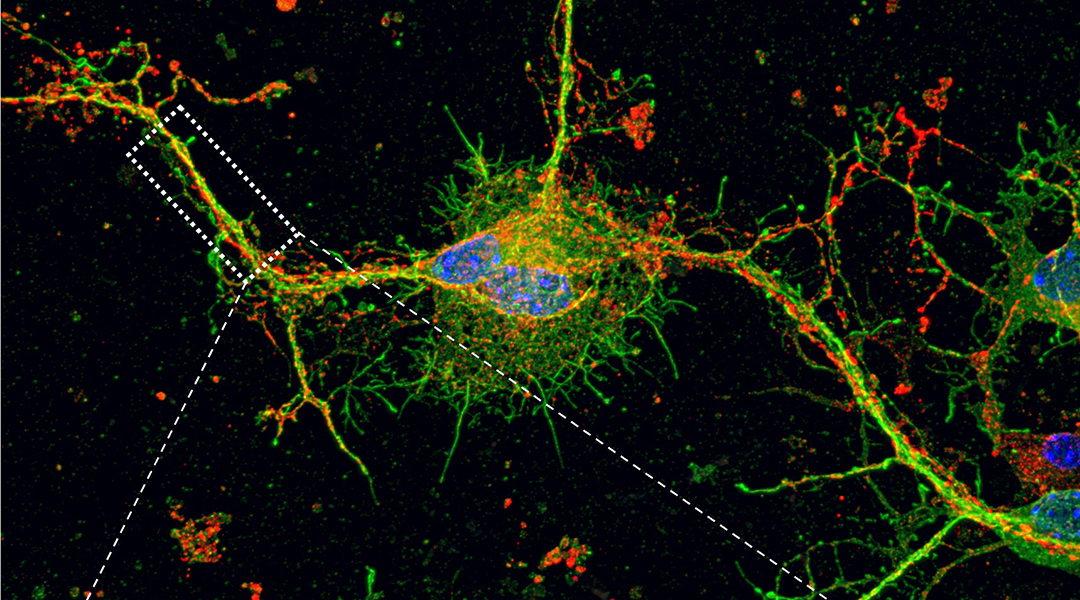
Scientists identify a new molecular mechanism for autism
High levels of nitric oxide, a signaling chemical in the brain, appear to contribute to the behavioral deficits observed in autism.
How the brain protects itself from the negative effects of CBD
To understand CBD’s impact and the risks associated with consumption, researchers explore how a fellow brain cell prevents toxicity in neurons.
A long-lasting drug delivery system to treat HIV
This clever drug delivery platform could improve HIV patients’ adherence to treatment and help eradicate the virus.
Discovery of a natural anti-stress pathway could help anxiety
A pathway in the brain that forms its natural stress response could be used to make new treatments for anxiety.
Scientists identify a new molecular mechanism for autism
High levels of nitric oxide, a signaling chemical in the brain, appear to contribute to the behavioral deficits observed in autism.
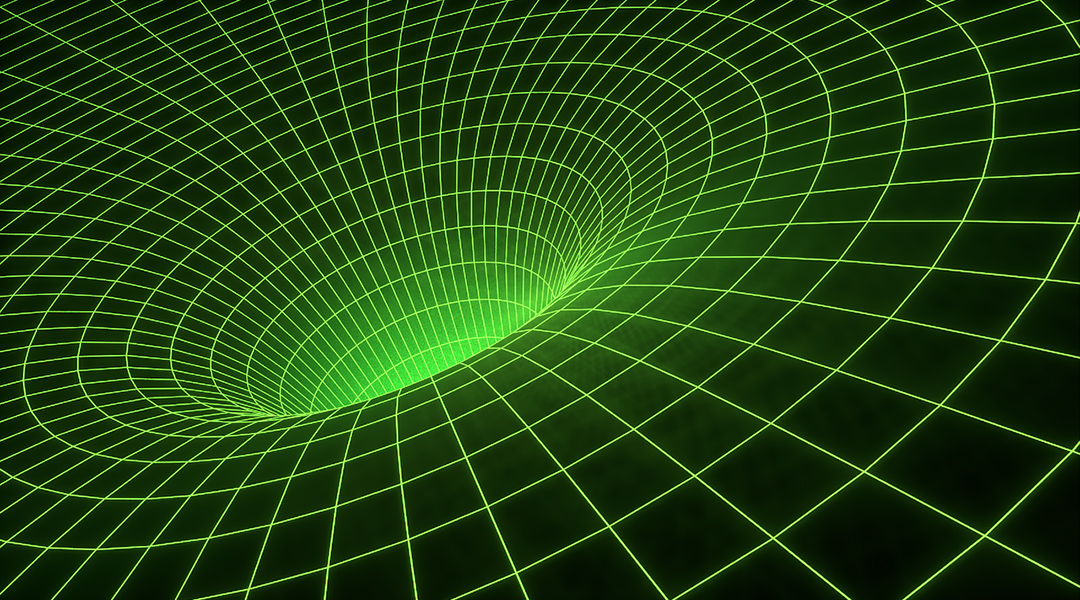
String theory used to describe the expanding universe
To address unknown quantum gravitational effects in the early universe, physicists have recruited string theory to help solve the problem.

Artificial physicist to unravel the laws of nature
Scientists hope that a new machine learning algorithm could one day be used to automate the discovery of new physical laws.
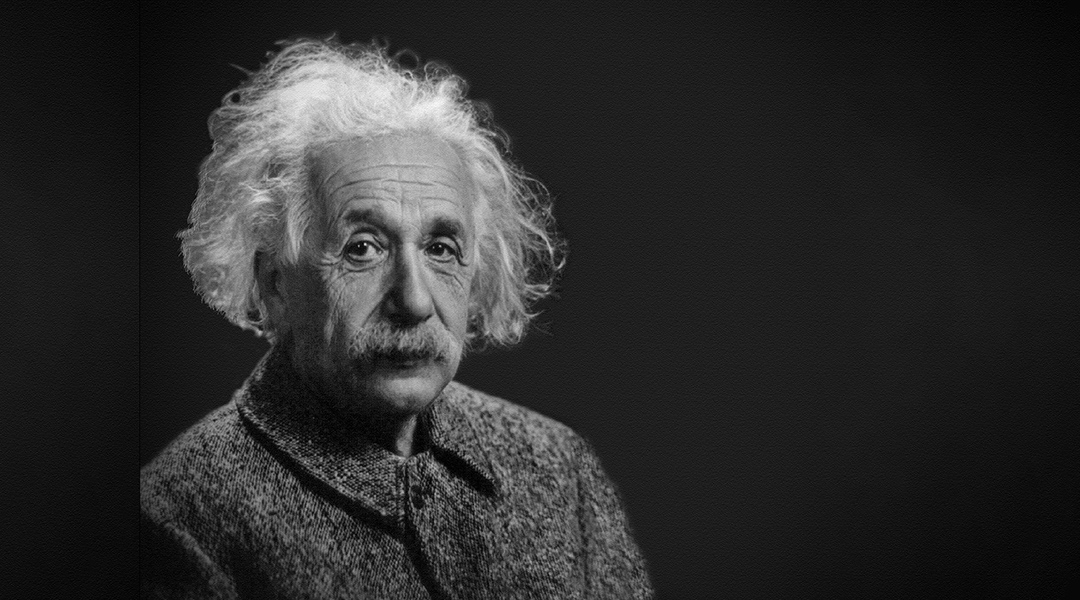
The dramatic story behind general relativity’s Nobel Prize snub
More than 100 years on after Einstein’s 1921 Nobel Prize, some confusion remains around the committee’s reasons for omitting relativity.

The curious case of a star-forming ring in the NGC 3182 galaxy
An unexpected finding in the heart of the NGC 3182 galaxy led to an intriguing search for the origins of a ring of star-forming gas.
String theory used to describe the expanding universe
To address unknown quantum gravitational effects in the early universe, physicists have recruited string theory to help solve the problem.
Artificial physicist to unravel the laws of nature
Scientists hope that a new machine learning algorithm could one day be used to automate the discovery of new physical laws.
The dramatic story behind general relativity’s Nobel Prize snub
More than 100 years on after Einstein’s 1921 Nobel Prize, some confusion remains around the committee’s reasons for omitting relativity.
The curious case of a star-forming ring in the NGC 3182 galaxy
An unexpected finding in the heart of the NGC 3182 galaxy led to an intriguing search for the origins of a ring of star-forming gas.
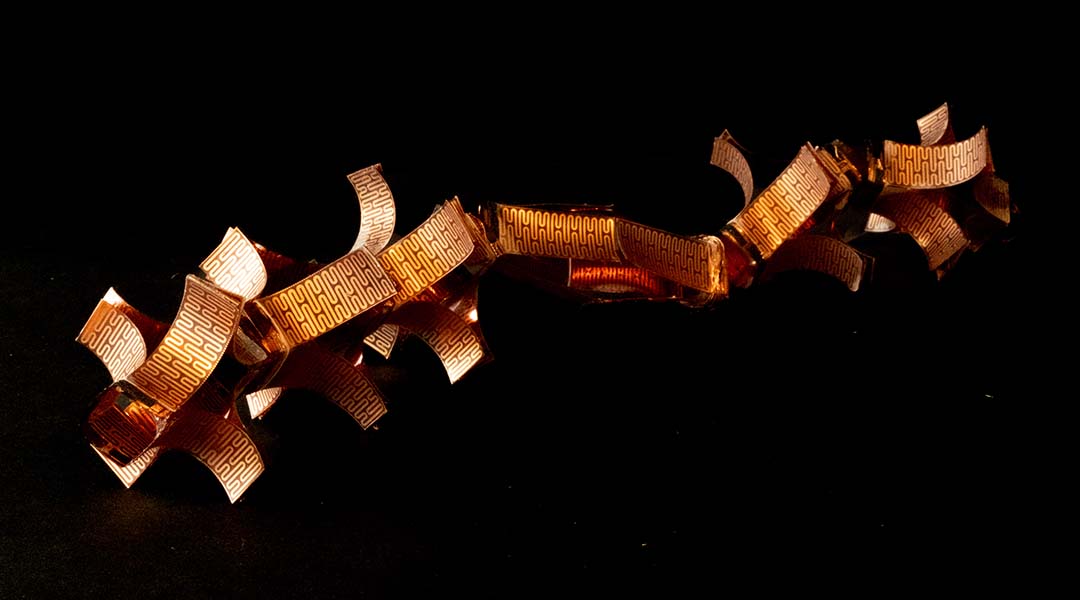
Crawling Earthworm robots get a soft polymer boost
The replacement of rigid parts could help robots more closely mimic the humble worm to help them squeeze into tight spots.
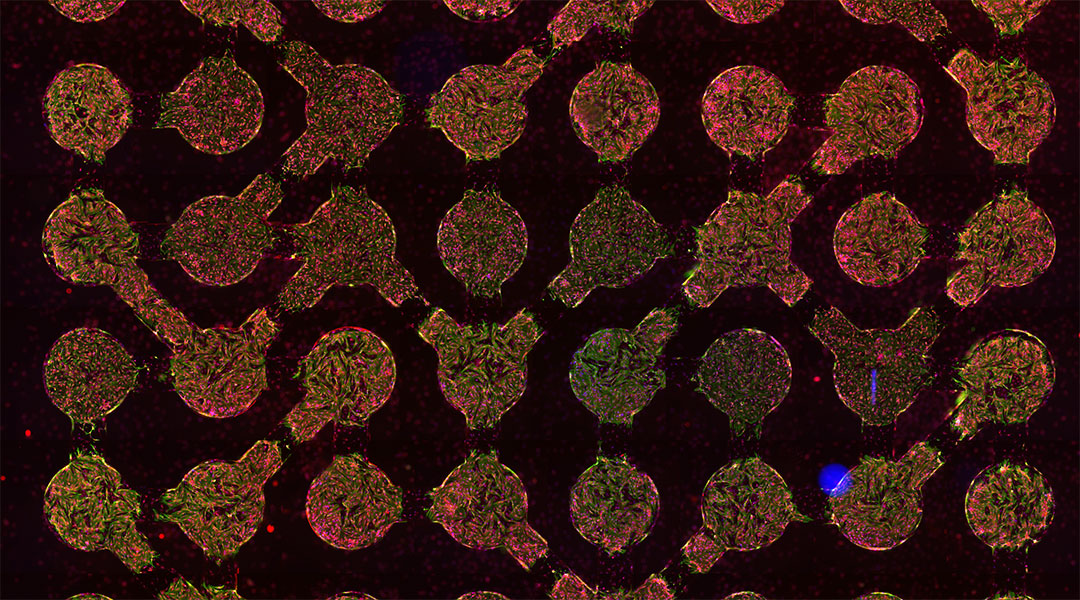
A computing system made from heart cells
A biocomputer built from connected heart cells solves computational problems with high accuracy and at a low computational cost.
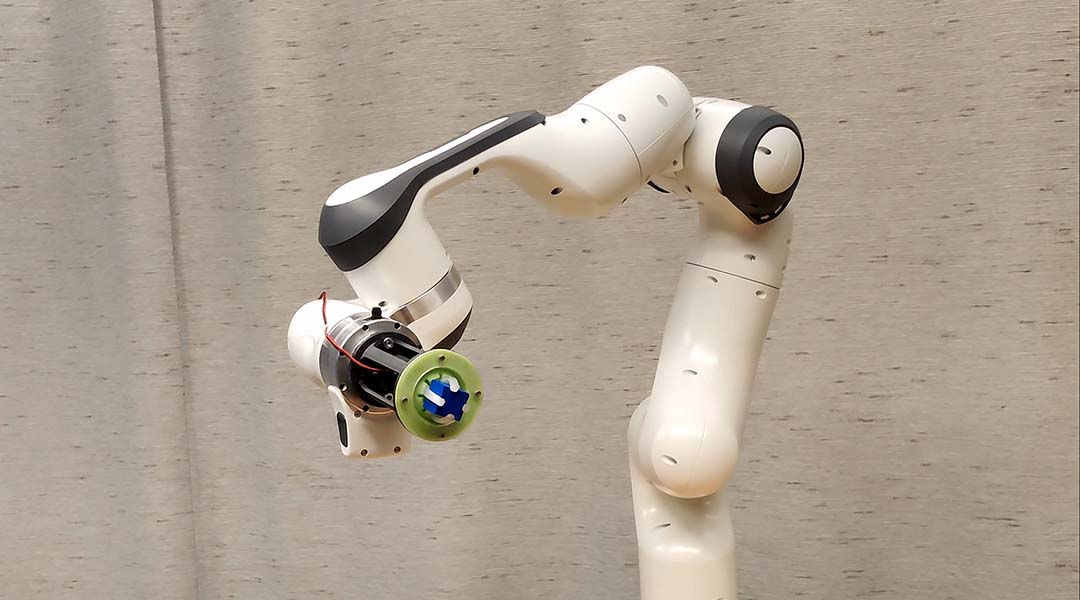
Snapping metacaps propel soft robot design
An innovative design allows for sensitive soft robots that can navigate difficult tasks and environments without bulky sensors.
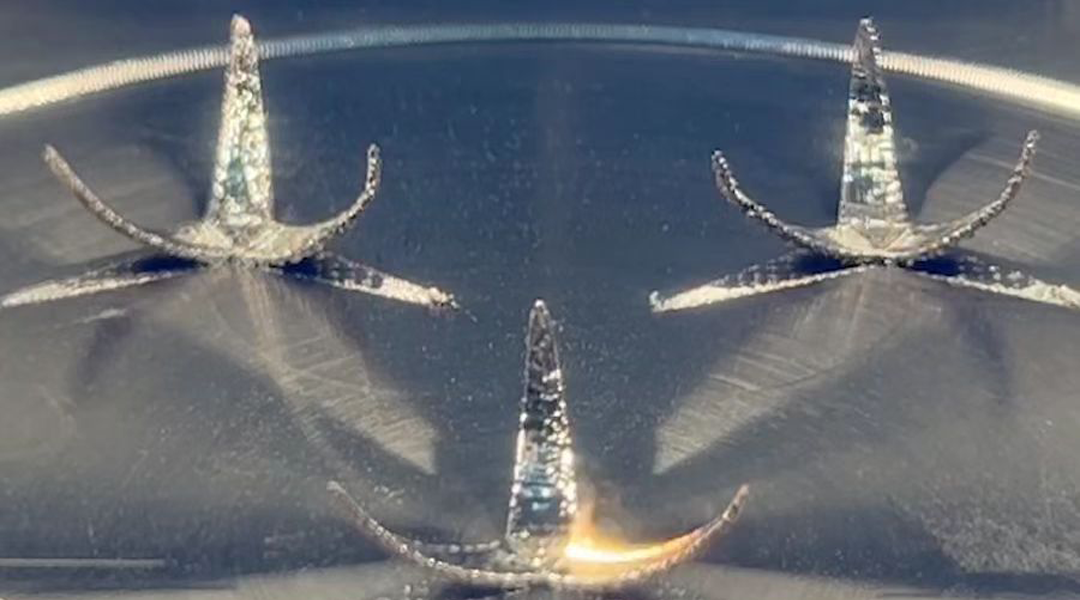
Laser-assisted 4D printing could open new avenues in science and technology
4D printing of metallic shape-morphing systems can be applied in many fields, including aerospace, smart manufacturing, naval equipment, and biomedical engineering.
Crawling Earthworm robots get a soft polymer boost
The replacement of rigid parts could help robots more closely mimic the humble worm to help them squeeze into tight spots.
A computing system made from heart cells
A biocomputer built from connected heart cells solves computational problems with high accuracy and at a low computational cost.
Snapping metacaps propel soft robot design
An innovative design allows for sensitive soft robots that can navigate difficult tasks and environments without bulky sensors.
Laser-assisted 4D printing could open new avenues in science and technology
4D printing of metallic shape-morphing systems can be applied in many fields, including aerospace, smart manufacturing, naval equipment, and biomedical engineering.
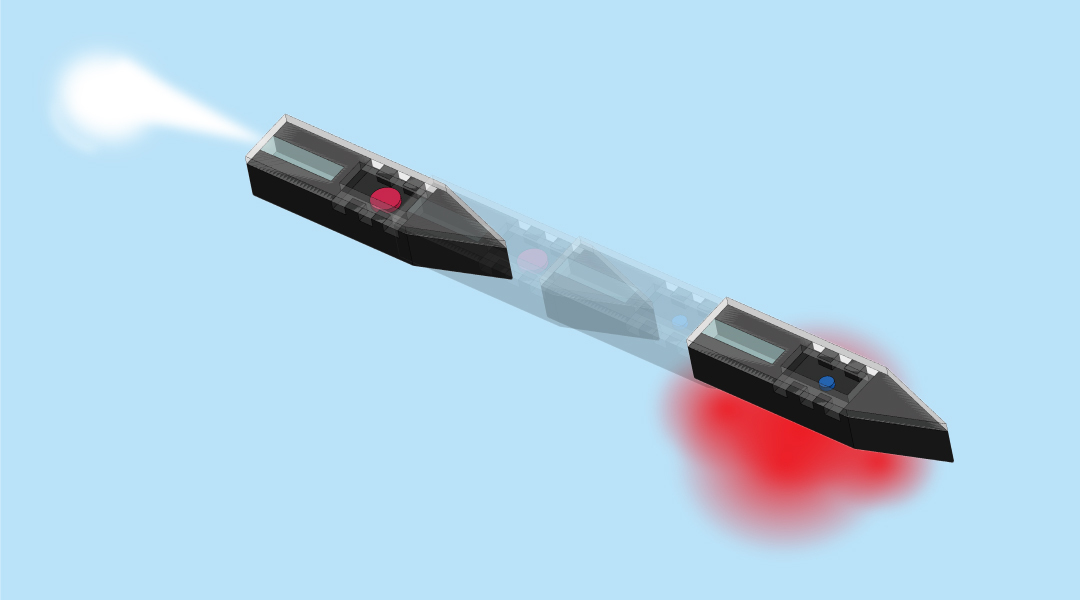
Color-changing microrobots help monitor the environment
Using stimuli-responsive hydrogels with regularly arranged colloidal particles, researchers create color-changing microrobots that can freely explore and gather information.

Nuclear fusion record broken by UK scientists
In a major breakthrough, scientists have demonstrated sustained nuclear fusion energy, providing hope for future large-scale projects.

Inspiring climate action by linking social and environmental change
We will not solve the climate crisis and inspire action without generating a shared emotional response to our changing world.

Where did all of Earth’s water come from?
A new study identifies that magnesium hydrosilicate, a compound present during the Earth’s formation, may be responsible for our planet’s abundant water.
Color-changing microrobots help monitor the environment
Using stimuli-responsive hydrogels with regularly arranged colloidal particles, researchers create color-changing microrobots that can freely explore and gather information.
Nuclear fusion record broken by UK scientists
In a major breakthrough, scientists have demonstrated sustained nuclear fusion energy, providing hope for future large-scale projects.
Inspiring climate action by linking social and environmental change
We will not solve the climate crisis and inspire action without generating a shared emotional response to our changing world.
Where did all of Earth’s water come from?
A new study identifies that magnesium hydrosilicate, a compound present during the Earth’s formation, may be responsible for our planet’s abundant water.
No Results Found
The page you requested could not be found. Try refining your search, or use the navigation above to locate the post.
No Results Found
The page you requested could not be found. Try refining your search, or use the navigation above to locate the post.
No Results Found
The page you requested could not be found. Try refining your search, or use the navigation above to locate the post.
No Results Found
The page you requested could not be found. Try refining your search, or use the navigation above to locate the post.







